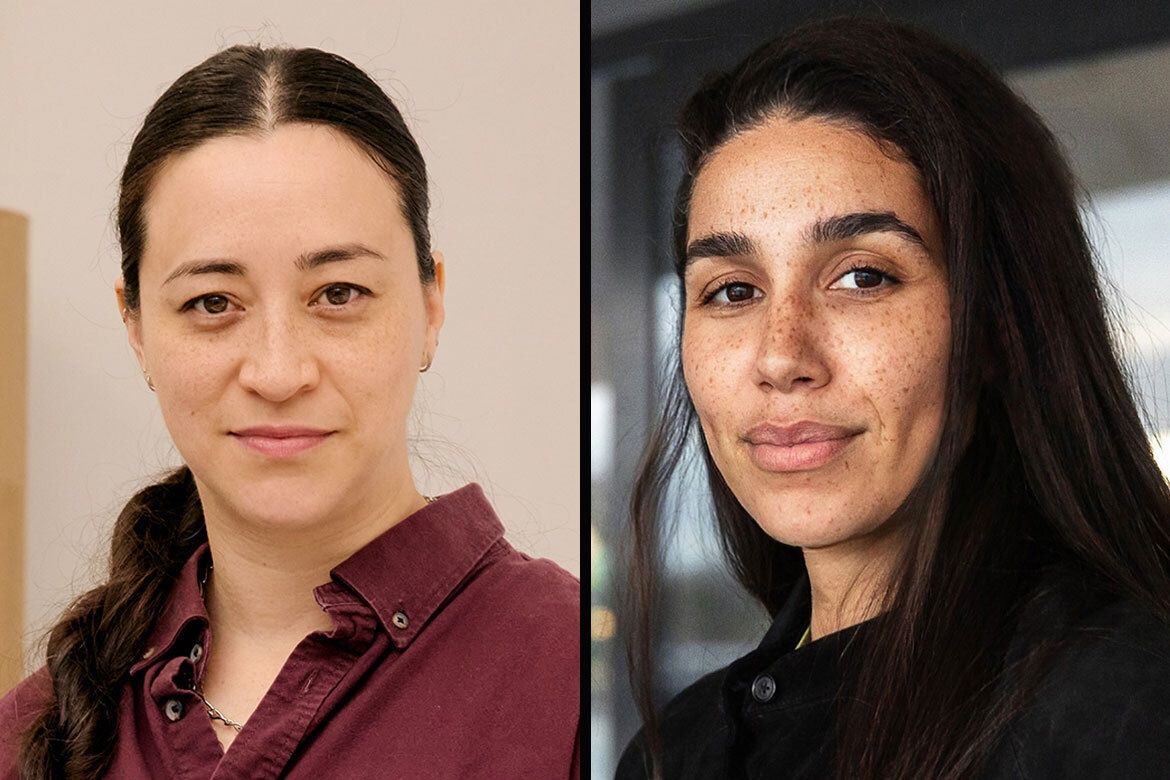A biomedical engineer pivots from human movement to women’s health
Tips
Postdoc Shaniel Bowen studies women's sexual anatomy and health while also working to interest young women in STEM careers.
Watching her uncle play a video game when she was a small child started Shaniel Bowen on her path to becoming a biomedical engineer. The game, “Metal Gear Solid 2,” introduced her to exoskeletons, wearable devices that enhance physical abilities.
“The game piqued my interest when it started showing and discussing exoskeletons,” Bowen says. “I went to the library soon after to learn more about it. That was when I first learned about biomedical engineering and became interested in pursuing it as a profession.”
Fast-forward to her senior year at the University of Connecticut. Bowen and an interdisciplinary team of biomedical, electrical, and computer engineers developed a device using musculoskeletal modeling and computer-aided design that could help people with leg weakness to stand. The system provided just enough assistance that the person would still use their own muscles, strengthening them with repeated use. Bowen was on her way to creating her own exoskeleton.
That changed, however, when she was starting graduate school and was diagnosed with ovarian torsion caused by a large ovarian teratoma.
Not only was she dealing with a serious medical condition, but as a Black woman raised by Jamaican immigrants, she was personally confronted with inequities in health care that result in discrepancies in treatment.
....






Comments (5)
Best Company Reply
- Ali Tufan
- 2 days ago
Lorem ipsum dolor sit amet, consectetur adipiscing elit. Fusce vel augue eget quam fermentum sodales. Aliquam vel congue sapien, quis mollis quam.Because Other Candidates
- Martha Griffin
- 23 August 2018
Lorem ipsum dolor sit amet, consectetur adipiscing elit. Fusce vel augue eget quam fermentum sodales. Aliquam vel congue sapien, quis.Aldus PageMaker including versions Reply
Lorem ipsum dolor sit amet, consectetur adipiscing elit. Fusce vel augue eget quam fermentum sodales. Aliquam vel congue sapien, quis mollis quam.